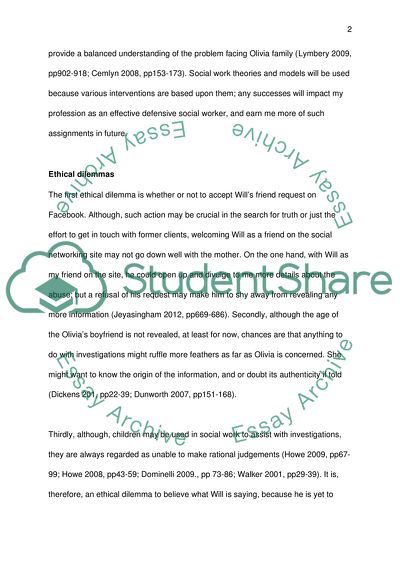Cite this document
(Social Work Ethics Case Study Example | Topics and Well Written Essays - 1500 words, n.d.)
Social Work Ethics Case Study Example | Topics and Well Written Essays - 1500 words. https://studentshare.org/ethics/1779107-social-work-ethics
Social Work Ethics Case Study Example | Topics and Well Written Essays - 1500 words. https://studentshare.org/ethics/1779107-social-work-ethics
(Social Work Ethics Case Study Example | Topics and Well Written Essays - 1500 Words)
Social Work Ethics Case Study Example | Topics and Well Written Essays - 1500 Words. https://studentshare.org/ethics/1779107-social-work-ethics.
Social Work Ethics Case Study Example | Topics and Well Written Essays - 1500 Words. https://studentshare.org/ethics/1779107-social-work-ethics.
“Social Work Ethics Case Study Example | Topics and Well Written Essays - 1500 Words”. https://studentshare.org/ethics/1779107-social-work-ethics.


